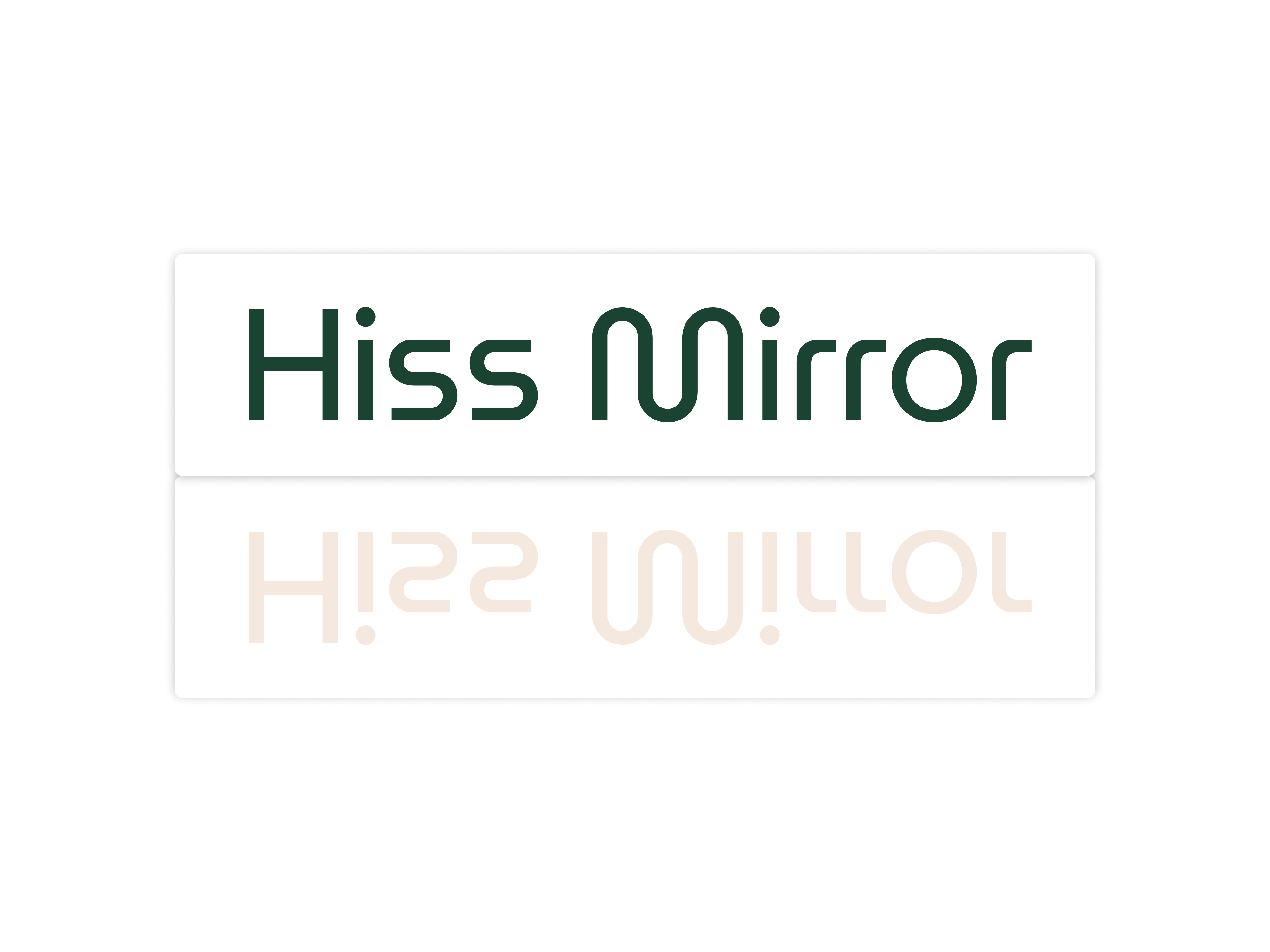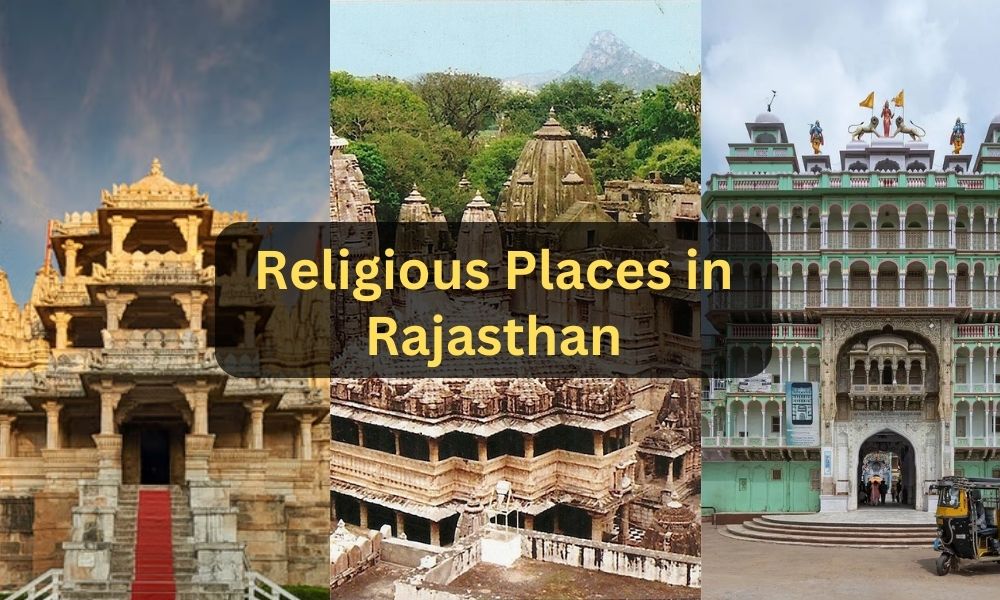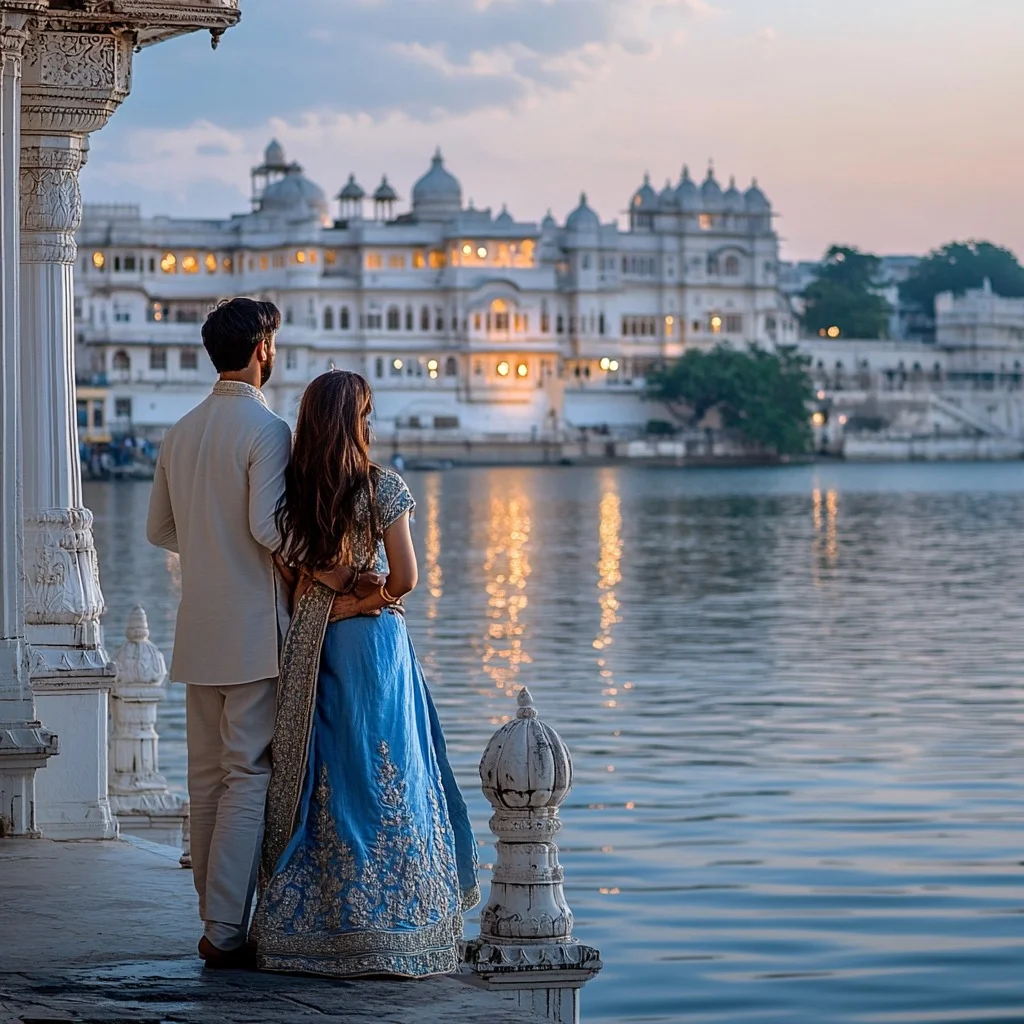The Role of Phad Paintings in Rajasthan’s Folk Culture

Phad painting is one of Rajasthan’s most celebrated folk art traditions, deeply embedded in storytelling and cultural heritage. These narrative scroll paintings serve as both visual and oral records of historical legends, religious epics, and folk tales. Passed down through generations, Phad paintings play a vital role in preserving Rajasthan’s folklore and bringing communities together through art and storytelling.
This article explores the historical, religious, and social significance of Phad paintings in Rajasthan’s folk culture, shedding light on their evolution, artistic techniques, and enduring legacy.
How Did Phad Paintings Become a Part of Rajasthan’s Cultural Identity?
Phad paintings have existed in Rajasthan for over 700 years, originating in the Bhilwara and Shahpura regions. The Joshi family of painters has been the primary custodian of this art form, creating elaborate scrolls that depict tales of folk deities and heroic warriors.
These paintings were not just decorative pieces but portable storytelling canvases, carried by Bhopas (priest-singers) who performed ritualistic narrations in villages across Rajasthan. The visual and musical combination of Phad paintings made them a unique medium of education and spiritual engagement for rural communities.
Who Are the Main Deities Depicted in Phad Paintings?
Two of the most popular themes in Phad paintings revolve around:
-
Pabuji – A 14th-century Rajput chieftain revered as a folk deity for his courage and sacrifice. His Phad scrolls depict his life and divine interventions.
-
Devnarayan – A hero-god believed to be an incarnation of Lord Vishnu. His Phad paintings illustrate miraculous tales and legendary battles.
These scrolls functioned as mobile temples, offering spiritual and moral lessons to Rajasthan’s rural communities.
What Is the Role of Phad Paintings in Religious and Folk Traditions?
Phad paintings are deeply rooted in religious customs, often used in ritual performances, temple ceremonies, and festival celebrations.
1. Phad Paintings in Bhopa Traditions
Bhopas, the traditional priest-performers, use Phad scrolls to narrate divine stories in a ritualistic format called “Phad Vachan.” This involves:
-
Unrolling the Phad painting during evening storytelling sessions.
-
Singing and chanting verses related to the deity depicted.
-
Using lamps and musical instruments to create an immersive experience.
This unique oral-visual tradition has helped preserve folklore, mythology, and community history in Rajasthan.
2. Connection Between Phad Paintings and Festivals
Phad paintings are also associated with major Rajasthani festivals, including:
-
Navratri: Special Phad scrolls depicting goddesses and heroic figures are displayed during community rituals.
-
Holi and Diwali: Themed Phad paintings highlight divine celebrations and mythological stories.
These artworks serve as spiritual guides, connecting people to their religious roots and ancestral traditions.
What Artistic Techniques Make Phad Paintings Unique?
The process of creating Phad paintings involves several distinct artistic techniques that make them stand out from other folk art forms.
1. Handmade Canvas Preparation
Phad paintings are traditionally created on cotton or khadi cloth, which is:
-
Soaked overnight to soften the texture.
-
Treated with a mixture of wheat flour, gum, and water to make it durable.
-
Sun-dried and smoothed before painting begins.
2. Use of Natural Colors
One of the most fascinating aspects of Phad paintings is their natural color palette, derived from:
-
Yellow: Turmeric and limestone (used for backgrounds).
-
Red: Vermilion and flowers (symbolizing power and passion).
-
Green: Indigo or leaf extracts (depicting nature and fertility).
-
Blue: Lapis lazuli or indigo plants (representing wisdom and divinity).
-
Black: Lamp soot mixed with water (used for outlining figures).
3. Narrative Composition and Symbolism
Phad paintings follow a strict visual hierarchy where:
-
Gods and heroes are drawn larger to signify their divine status.
-
Figures are placed in a sequence to create a flowing narrative.
-
Animals, weapons, and celestial symbols add deeper meanings to the artwork.
These elements ensure that Phad paintings remain engaging, expressive, and meaningful to the viewers.
How Do Phad Paintings Compare to Other Rajasthani Art Forms?
While Phad paintings are deeply rooted in storytelling, they share similarities with other Rajasthani folk arts, such as Pichwai paintings.
| Feature | Phad Painting | Pichwai Painting | Madhubani Painting |
|---|---|---|---|
| Origin | Rajasthan | Rajasthan | Bihar |
| Medium | Cloth Scrolls | Fabric & Paper | Handmade Paper |
| Themes | Folk Deities & Warriors | Lord Krishna Themes | Mythological Stories |
| Color Palette | Earthy & Natural | Bright & Detailed | Bold & Geometric |
For those interested in Pichwai Paintings Online, you can explore authentic collections here. Similarly, if you are looking for the Best Phad Paintings Online, visit here.
How Has Phad Painting Adapted to Modern Trends?
While Phad paintings have a rich historical legacy, they have also evolved to fit contemporary artistic expressions. Some notable changes include:
-
Miniature Phad Paintings – Artists now create smaller versions for modern collectors.
-
New Themes – Some Phad paintings illustrate social themes, modern history, and environmental awareness.
-
Digital Adaptation – Technology has allowed Phad artists to preserve and sell their work globally through online platforms.
Despite these changes, the essence of Phad painting remains unchanged, keeping the art form authentic and culturally significant.
Why Should Phad Paintings Be Preserved?
Phad paintings are not just artworks; they are living stories that document Rajasthan’s history and traditions. Preserving them is essential because:
-
They maintain the cultural identity of Rajasthan.
-
They support the livelihoods of traditional artisans.
-
They serve as visual records of India’s folklore and spirituality.
Encouraging appreciation for Phad paintings ensures that future generations can experience and learn from this artistic heritage.
Conclusion
Phad paintings have played a crucial role in Rajasthan’s folk culture, acting as sacred storytelling canvases that blend art, mythology, and tradition. From ritual performances to historical records, these paintings continue to captivate audiences with their intricate narratives and rich symbolism.
By understanding and appreciating the role of Phad paintings, we contribute to the preservation of Rajasthan’s artistic heritage, ensuring that this remarkable art form thrives for generations to come.






